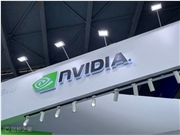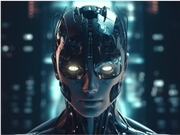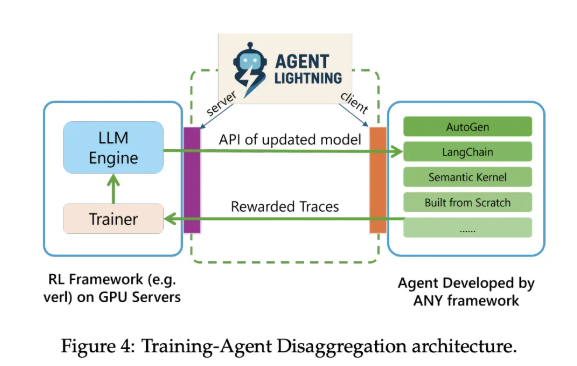This case integrates all the content we have learned previously, making it an excellent comprehensive example for review and deeper understanding.
If you haven't seen the previous tutorials, you can visit the Webmaster Materials AI tutorial website to check them out.
Website link: https://aisc.chinaz.com/jiaocheng/

This workflow uses comfyui to convert photos into retro anime-style images. Below is a detailed breakdown of each node in this workflow and its function:
Node Analysis
1. Image Loading and Preprocessing:
LoadImage (id: 13): Loads the input image from the specified URL.
DF_Get_image_size (id: 15): Retrieves the width and height of the loaded image.
EmptyLatentImage (id: 5): Creates an empty latent image with the extracted dimensions.
2. ControlNet Loader and Preprocessor:
ControlNetLoader (id: 28): Loads the ControlNet model for line art (control_v11p_sd15_lineart.pth).
ControlNetLoader (id: 30): Loads the ControlNet model for pose detection (control_v11p_sd15_openpose.pth).
ControlNetLoader (id: 27): Loads the ControlNet model for depth detection (control_v11f1p_sd15_depth.pth).
Zoe_DepthAnythingPreprocessor (id: 40): Processes the image to generate depth information.
Inference_Core_LineArtPreprocessor (id: 42): Processes the image to generate line art information.
OpenposePreprocessor (id: 39): Processes the image to generate pose keypoints.
3. Condition Application and Combination:
ControlNetApply (id: 26, 29, 31): Applies ControlNet conditions to the image, combining depth, line art, and pose information.
ConditioningCombine (id: 37): Combines different condition information.
4. Text Encoding:
CLIPTextEncode (id: 6): Encodes the positive description text, such as "beautiful scenery nature glass bottle landscape, purple galaxy bottle".
CLIPTextEncode (id: 7): Encodes the negative description text, such as "Easy Negative, worst quality, low quality".
CLIPTextEncode (id: 34): Encodes the additional description text, such as "official art, context art, retro anime, complex background, blurry background, depth of field".
5. Model Loading and Sampling:
CheckpointLoaderSimple (id: 4): Loads the main generative model (AWPainting(1.4)).
LoraLoader (id: 10, 16): Loads Lora models for specific style adjustments (e.g., "80'sFusion(V2.0)" and "Retro Anime(1.0)").
KSampler (id: 3): Uses KSampler to sample the latent image, combining the model, positive and negative conditions, and latent image.
VAEDecode (id: 8): Decodes the sampled latent image into the final image.
6. Image Saving:
SaveImage (id: 9): Saves the generated image.
Instructions
Due to the complexity of the ComfyUI workflow, I will directly provide the workflow and explain the key points to help you understand the logic. If you need this workflow, you can scan the QR code at the bottom to join the group and obtain it. If you have any questions, you can also join the group to discuss.

The first time you use the workflow, you may encounter an error indicating missing nodes. We can install the missing nodes in the manager.

Loading Lora
The large model is connected with two Lora models.

Keyword Extraction
If you don't have the WD14 keyword extraction prompt, you can search for WD in the manager to install it. The clip text encoding needs to be changed to text input to connect with the keywords extracted by WD.

ControlNet Control
This section uses three ControlNet models in series: depth map, line art, and pose control.

Obtaining Image Dimensions

Merging Prompts
Since our Lora model requires some trigger words, but the previous text encoder has already connected with WD, we can only duplicate a text encoder and merge it with the WD prompt text encoder. Finally, connect the merged conditions to the first ControlNet application.

Workflow Effect


The main steps of this workflow involve loading and preprocessing the image, applying different ControlNet models to generate auxiliary information (such as depth, line art, and pose), then combining this information with text descriptions for image generation, and finally decoding and saving the generated retro anime-style image. If you need this workflow, you can scan the QR code at the bottom to join the group and obtain it.
------------------------------------------------------------------------------------------
Webmaster Materials AI Tutorials is the AI drawing tutorial platform under ChinaZ.
Numerous free AI tutorials, continuously updating with practical content.
For more in-depth AI drawing tutorials, please visit the Webmaster Materials AI Tutorials website:










